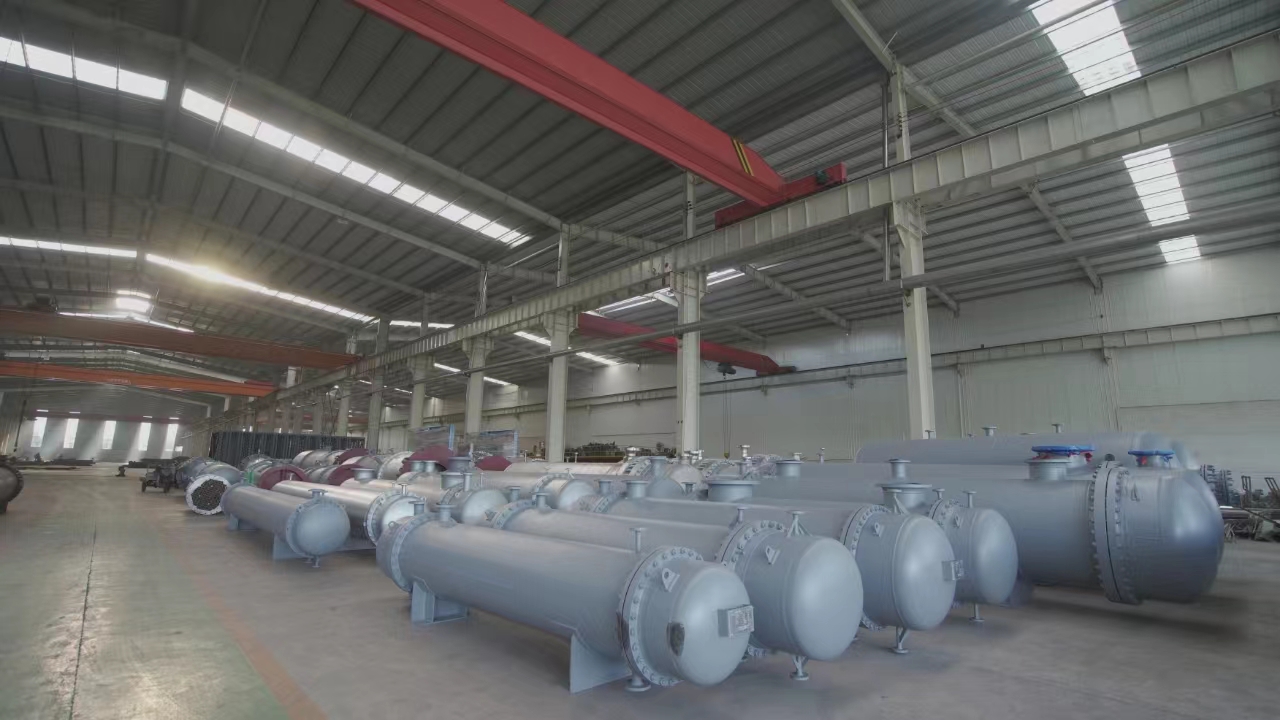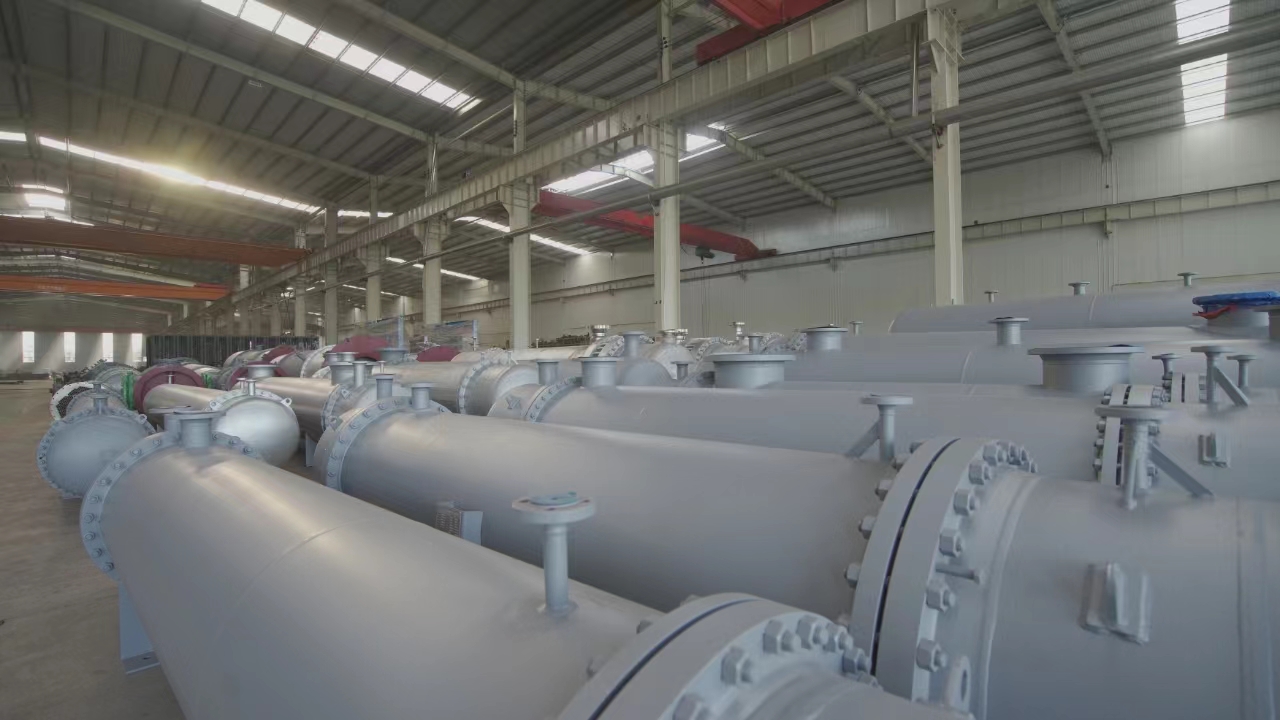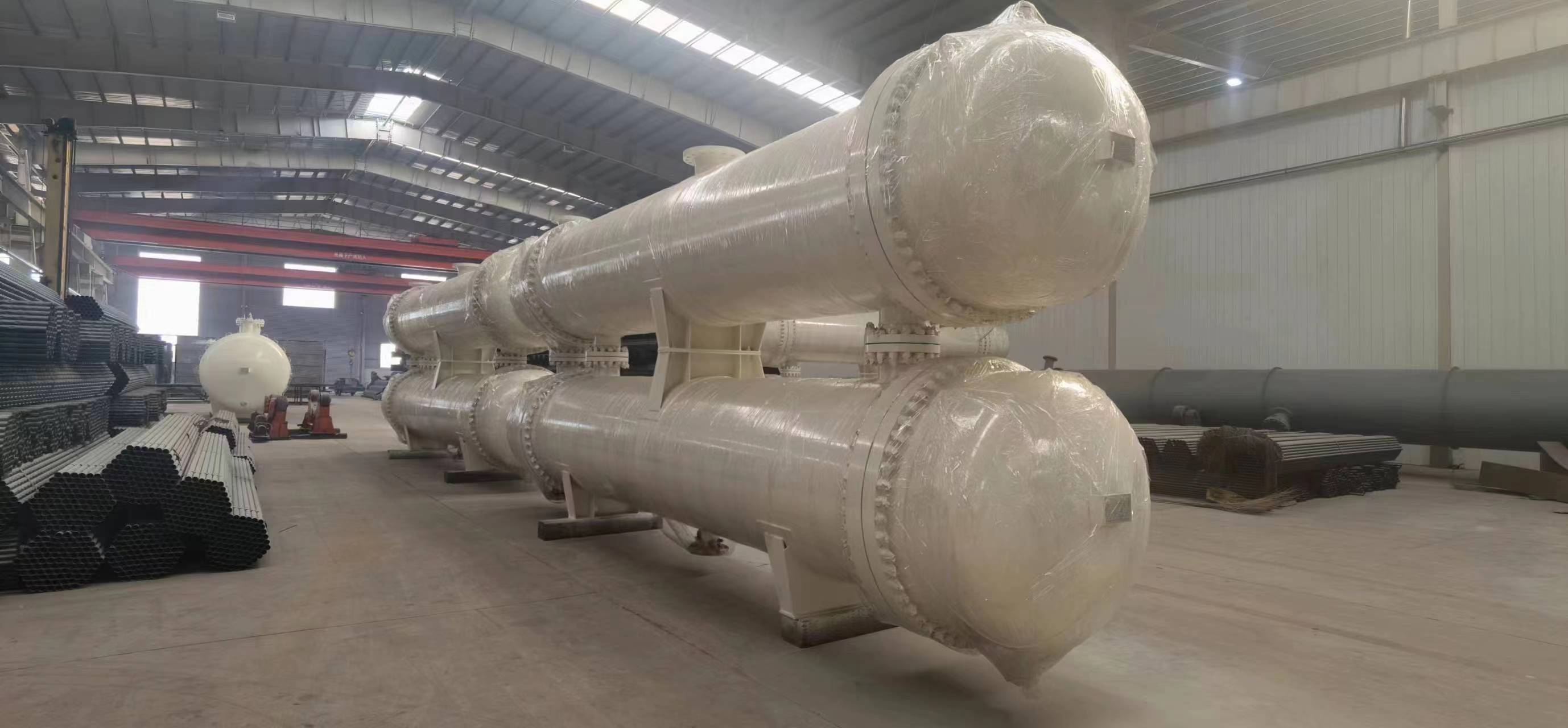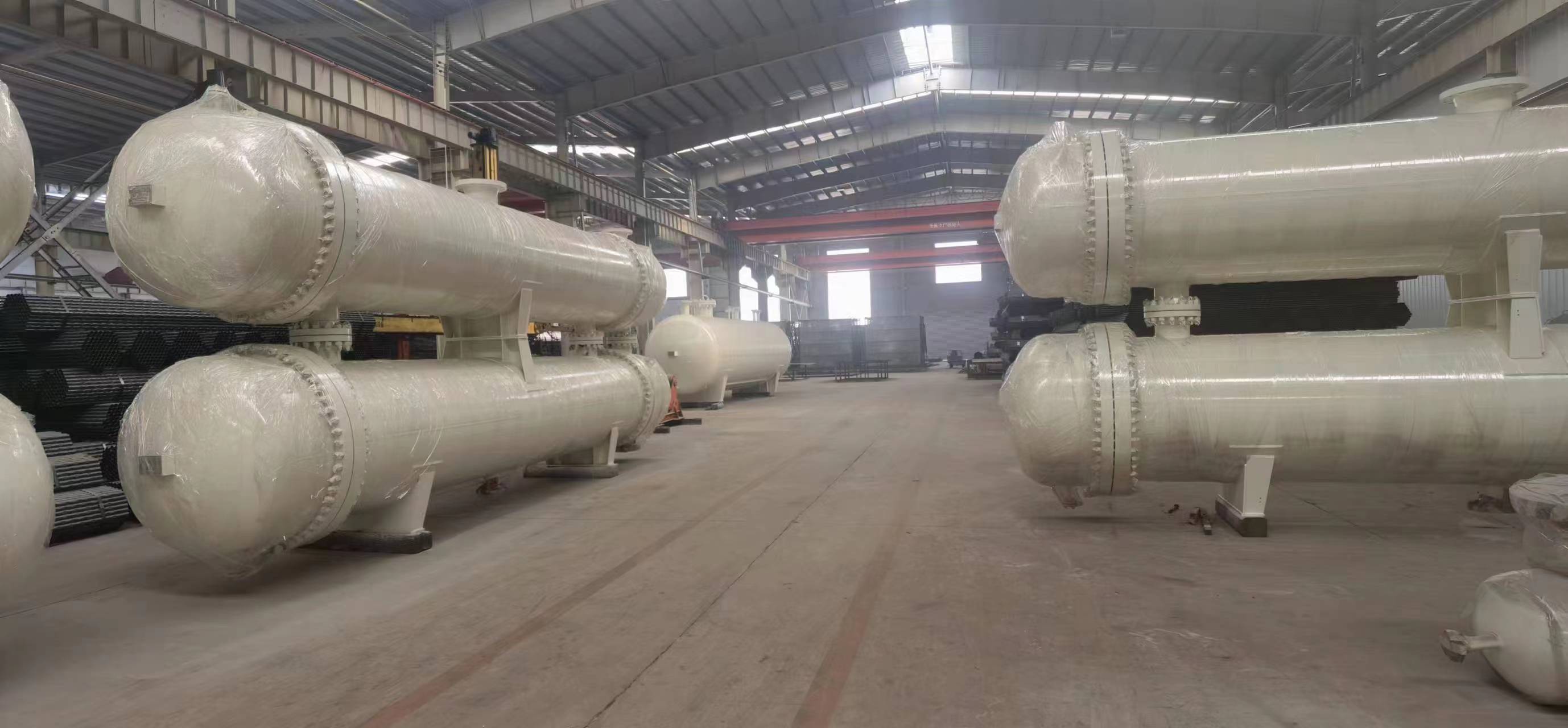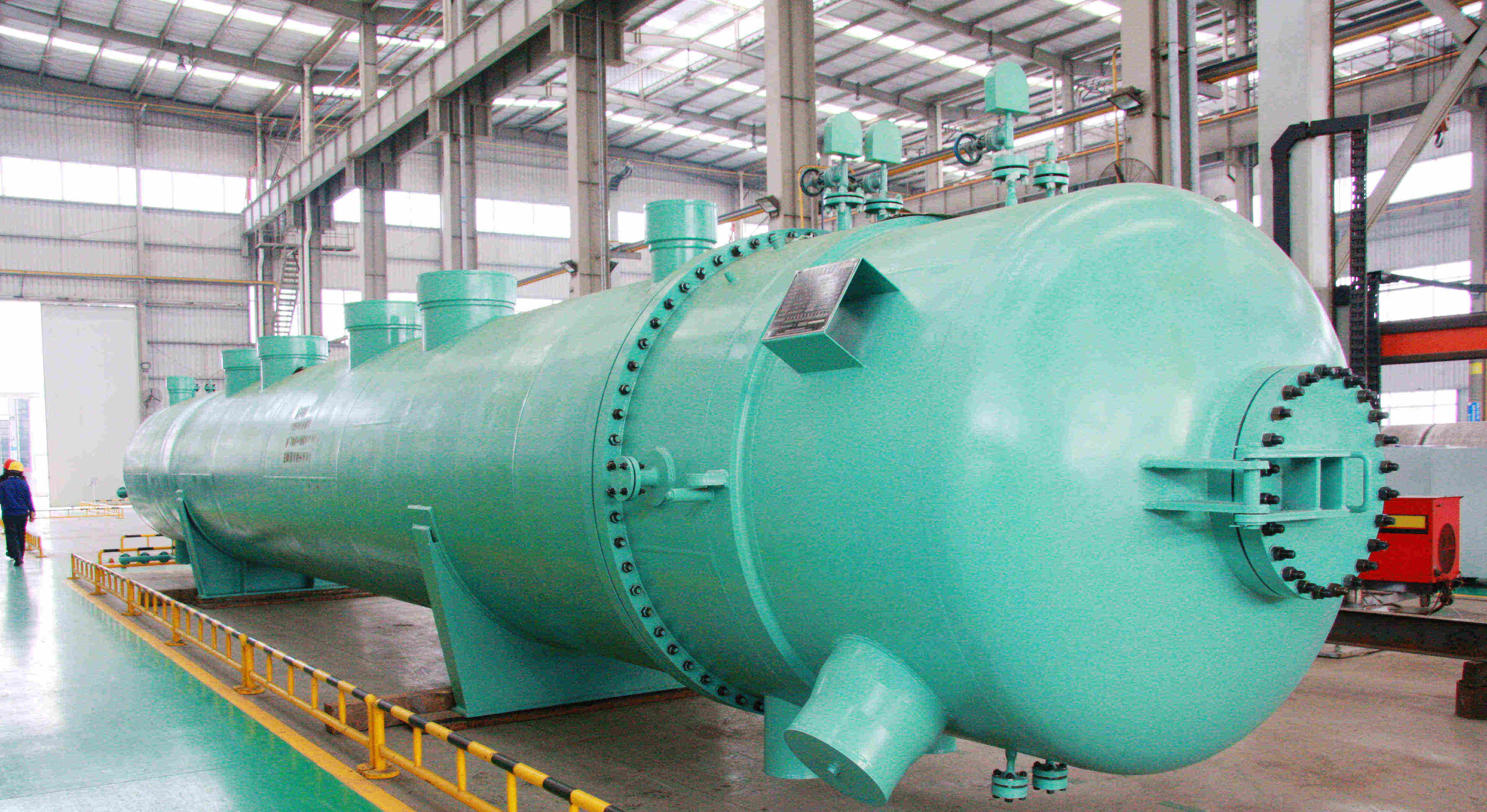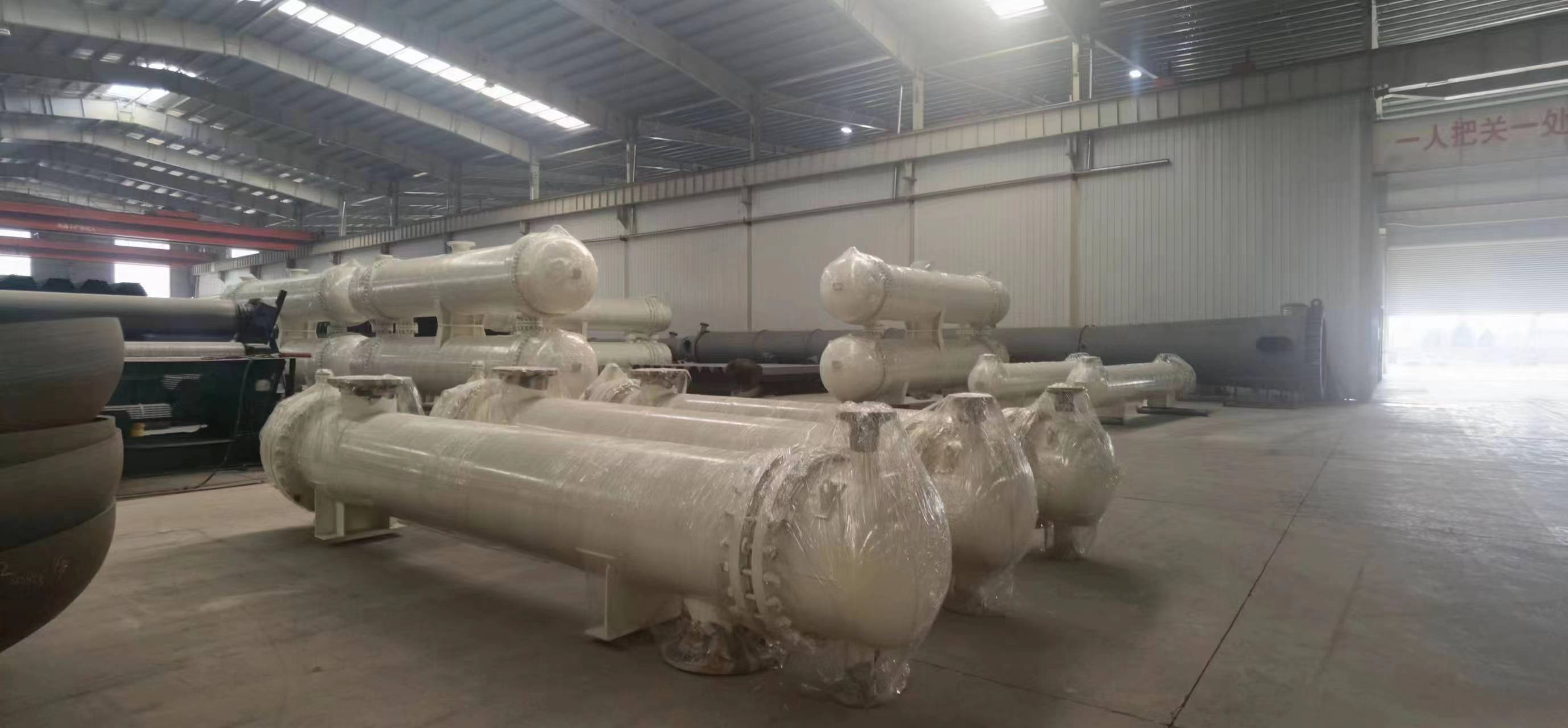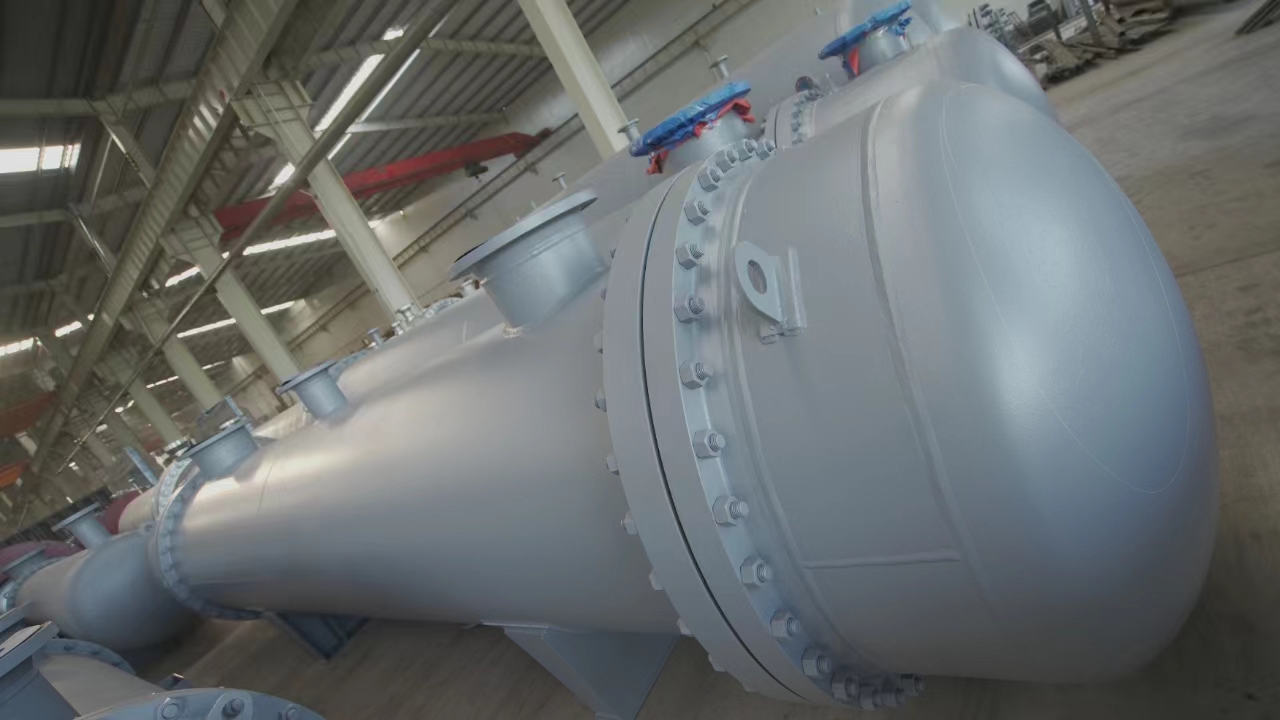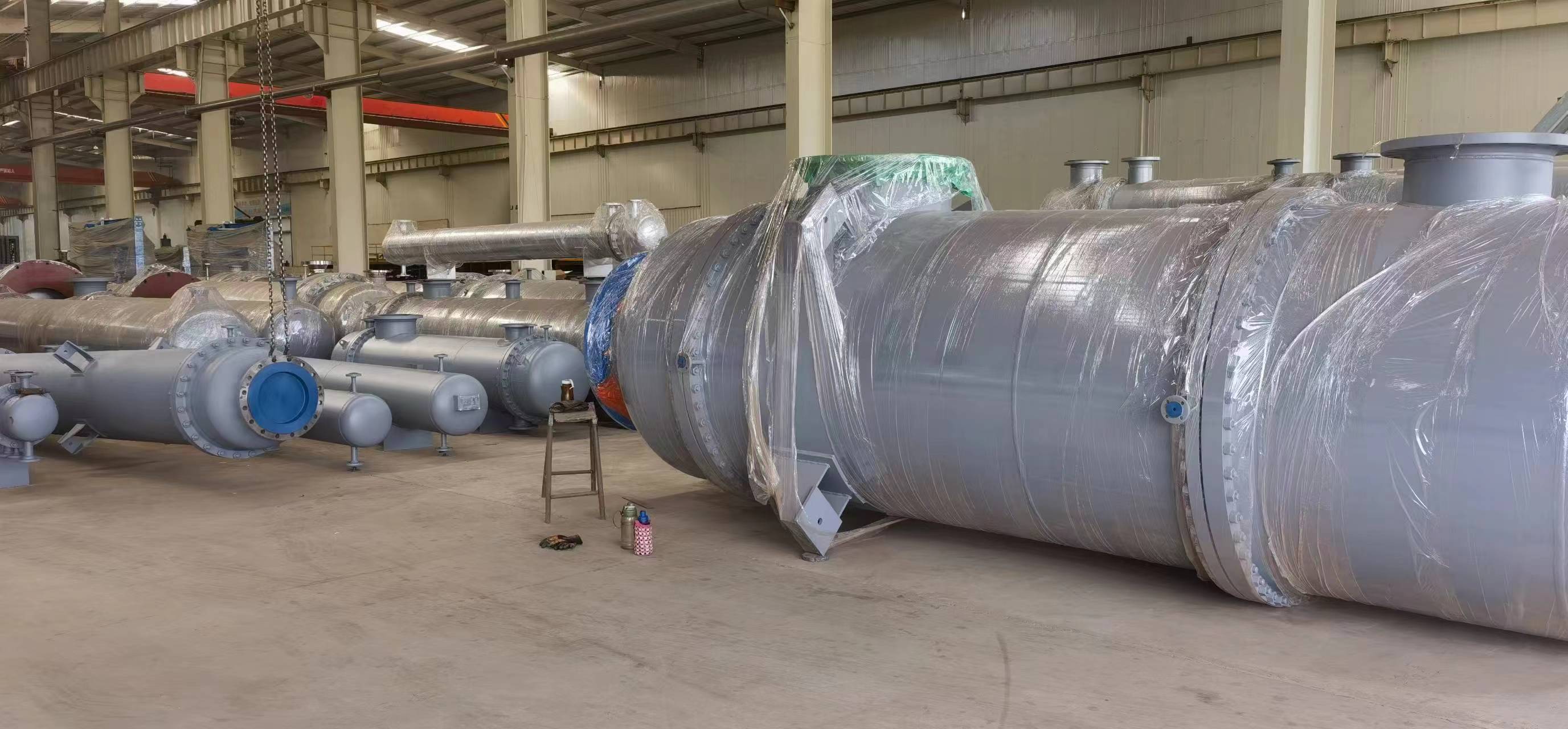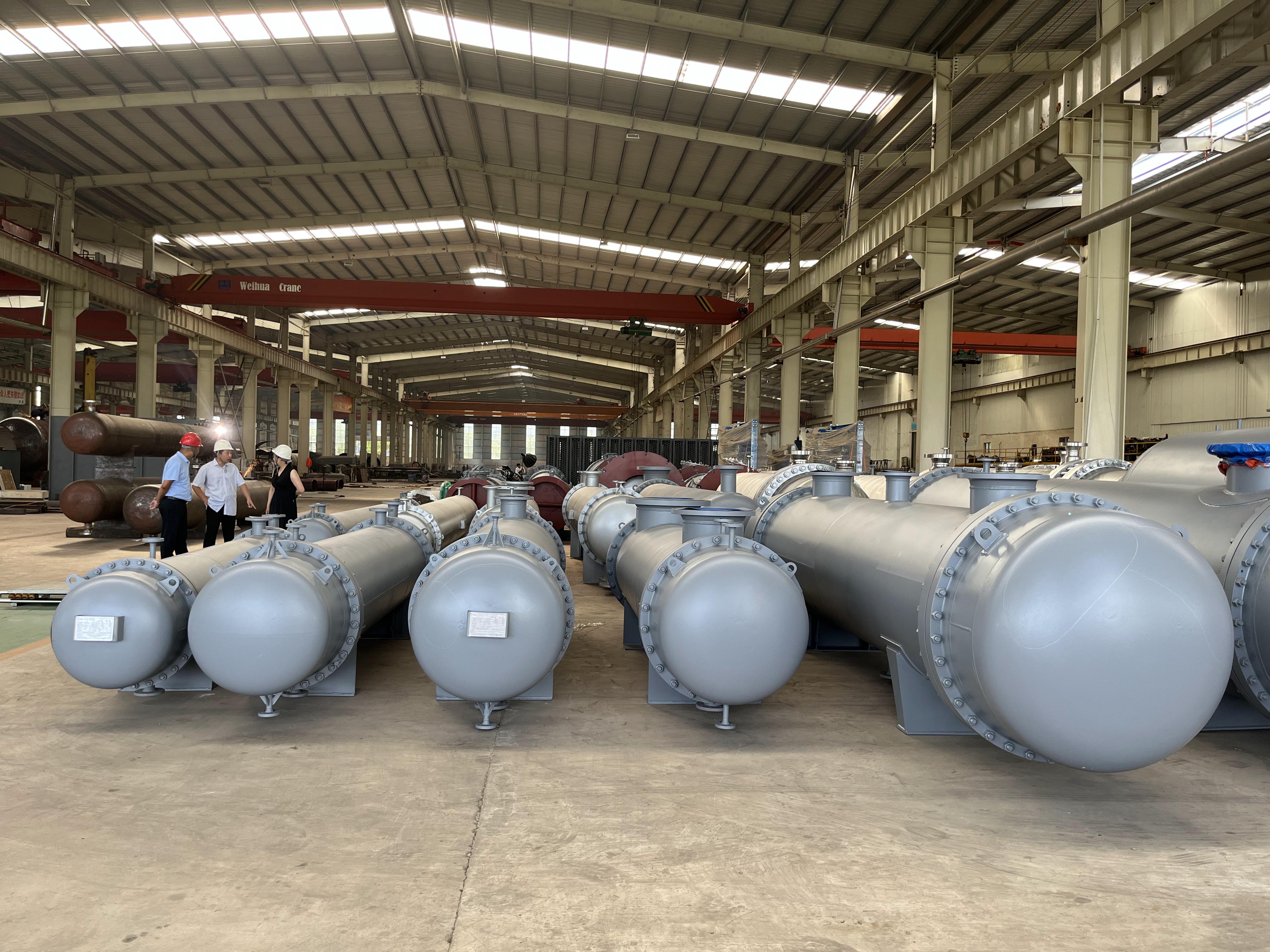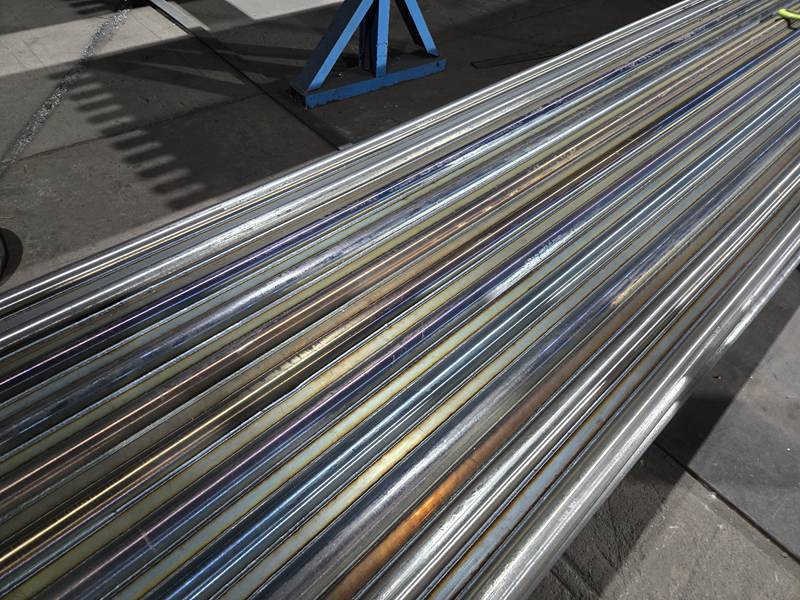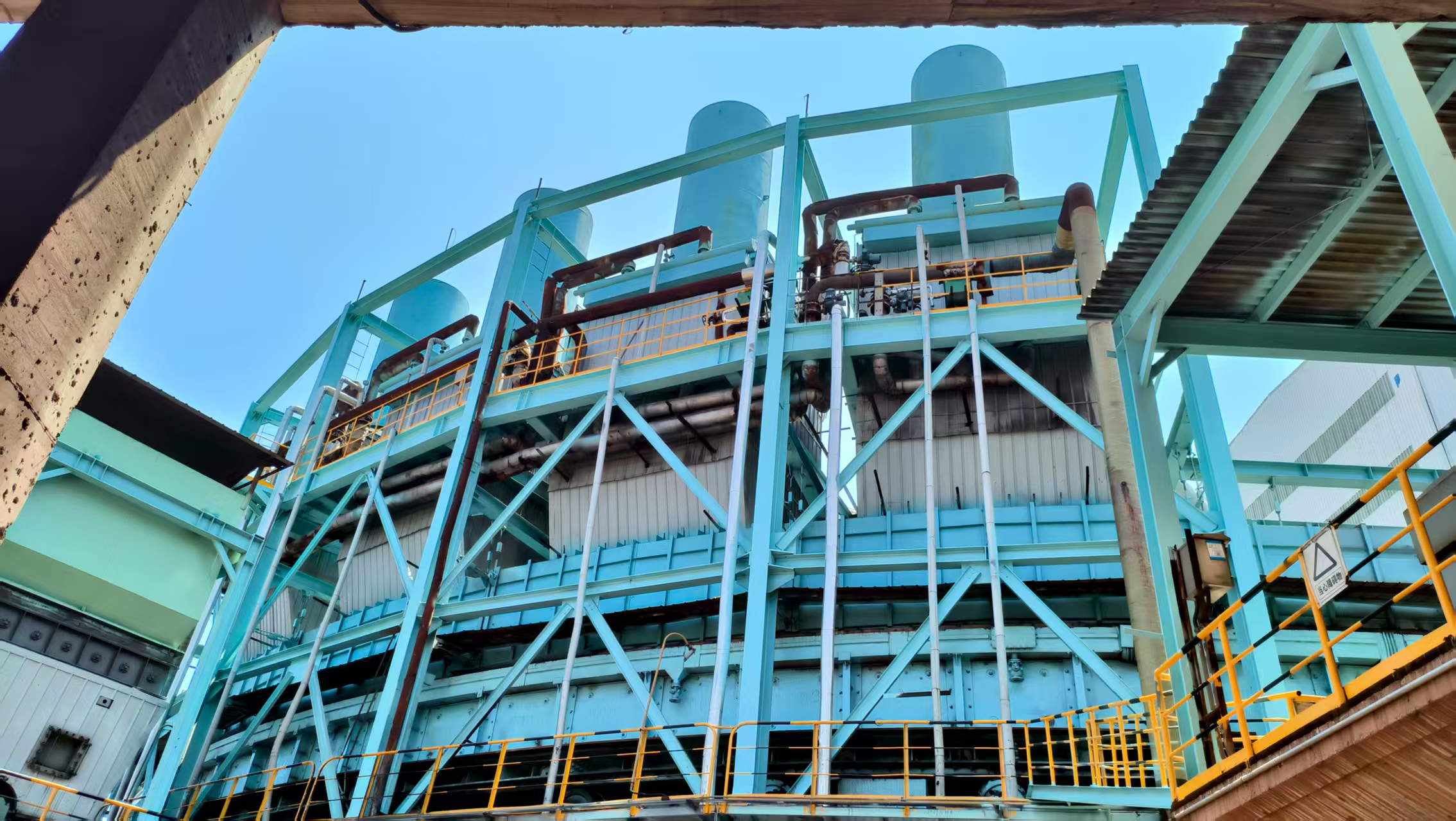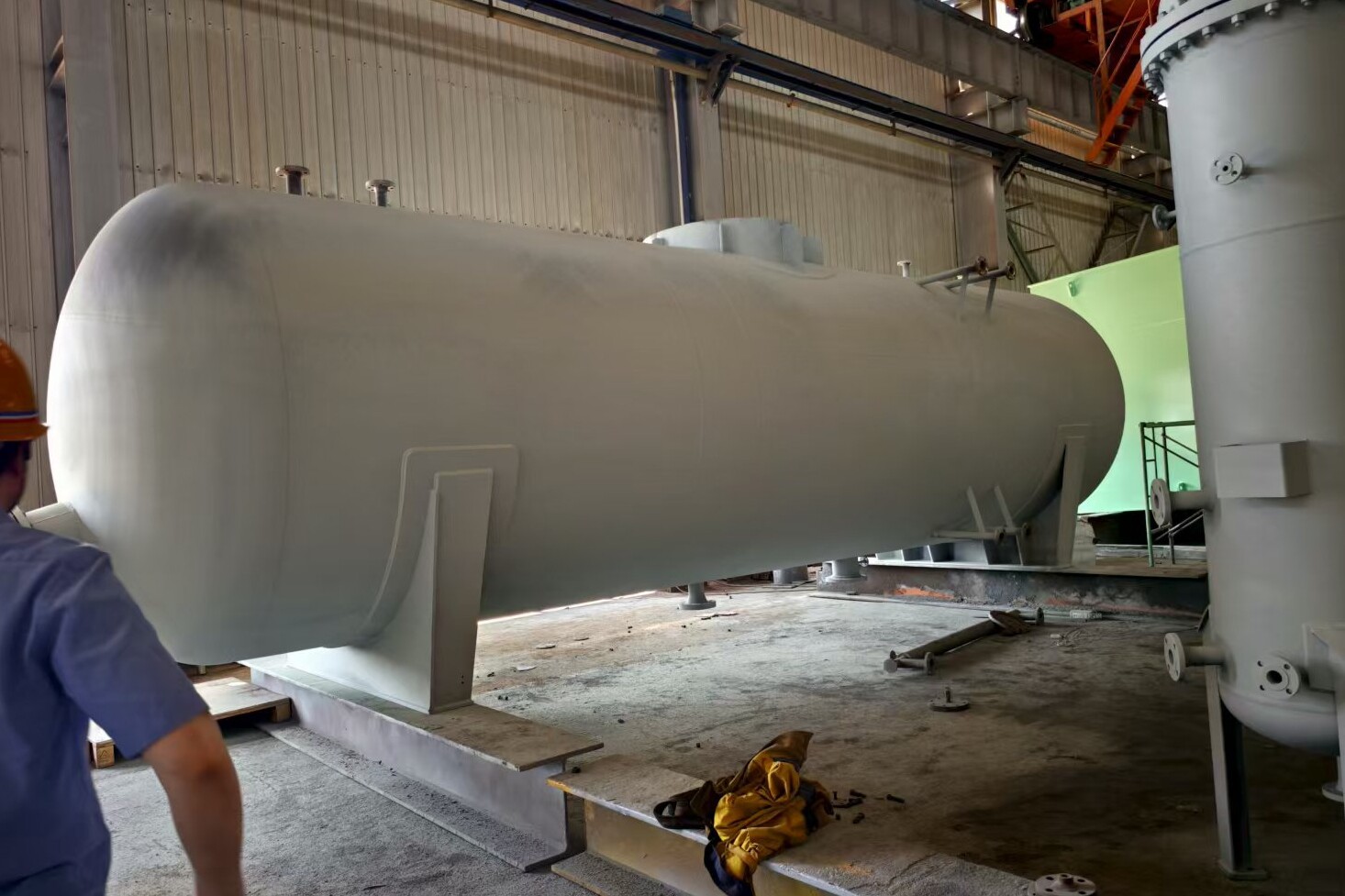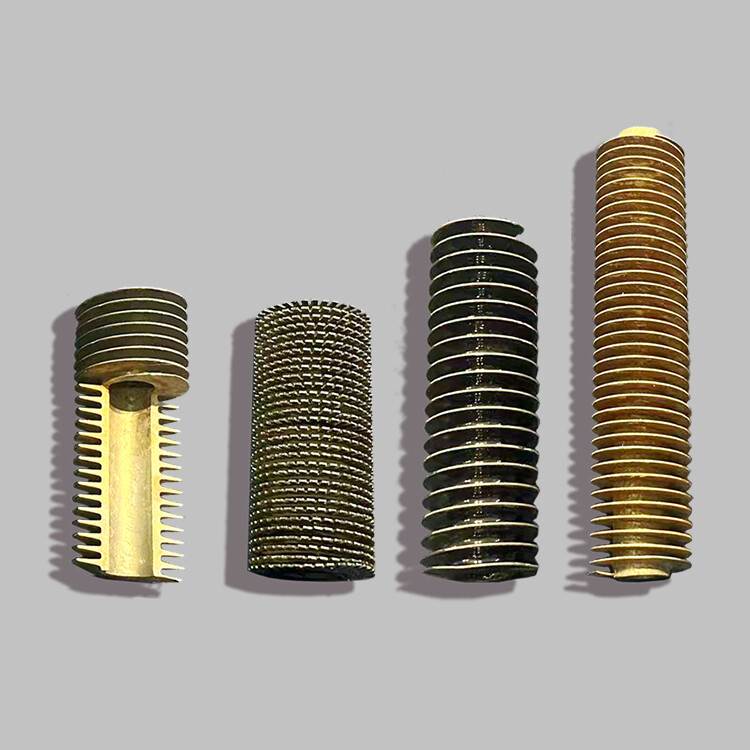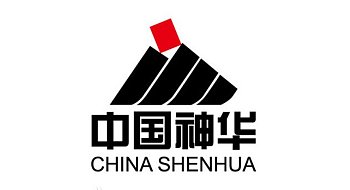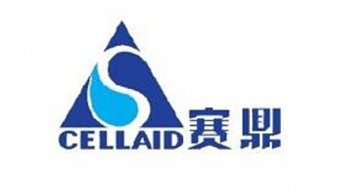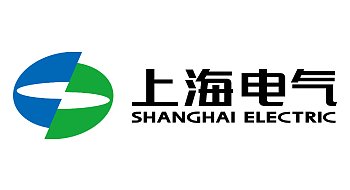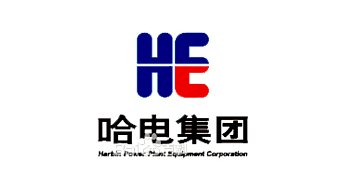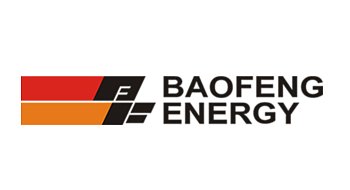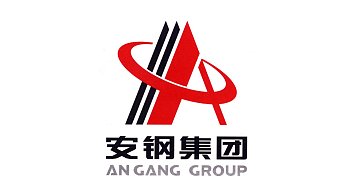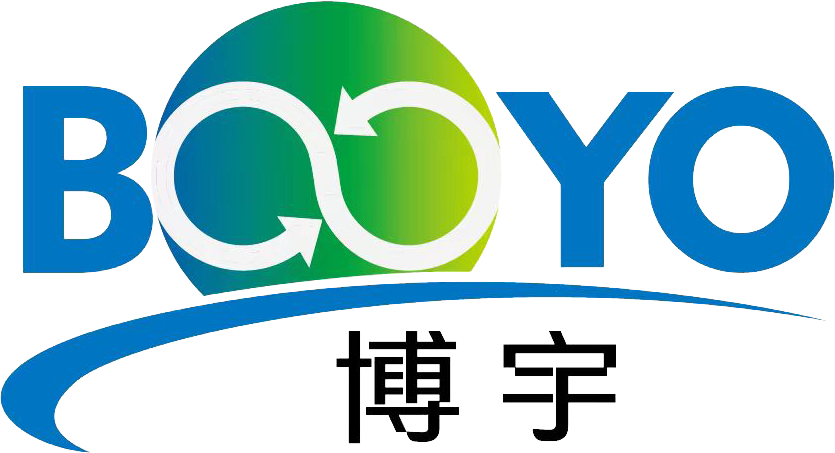
All Range Of Our Products
Our main products, maintenance and tube replacement: Coking equipment, tube furnace, primary cooler tube replacement, spiral plate heat exchanger, crude benzene condensing cooler, CDQ water supply preheating system, power plant equipment, condenser tube replacement, HV/LV heater, tube cooler, heater exchanger and so on.
Product Details ▶
STRUCTURE Shell & Tube Heat Exchanger
Shell and tube heat exchanger is composed of shell, heat transfer tube bundle (heat exchange tube), tube plate, head, baffle plate (baffle) and tube box and other components. The shell is mostly cylindrical, and the tube bundle is arranged inside, and the two ends of the tube bundle are fixed on the tube plate. Its structure is characterized by a certain number of pipes around a water tank to form a tube bundle. The two ends of the pipe are connected through a tube plate, one tube head is connected to the heat source, and the other tube head is connected to the cooling medium. The water tank is divided into two parts, the upper and the lower, and the heat is exchanged through the coil. Under certain working conditions, different heat transfer effects can be achieved by adjusting the number and shape of the bundle.
Working principle of Tublar heat exchanger
In a tubular heat exchanger, one fluid (the heating fluid) flows through the tubes, while another fluid (the heated fluid) circulates over the tubes within the shell. Heat is transferred from the heating fluid to the heated fluid through the tube walls, effectively exchanging thermal energy between the two fluids. This design enables efficient heat transfer due to the large surface area provided by the tube bundle.
Design Variations:
Tubular heat exchangers can be designed with different configurations to suit specific applications:
Single-Pass: Each fluid passes through the heat exchanger once, with the tube-side fluid entering and exiting through separate nozzles.
Multi-Pass: The tube-side fluid passes through the heat exchanger multiple times, often by dividing the flow into several passes using partitions, which can enhance heat transfer by increasing the fluid velocity and promoting turbulence.
Multi-Shell Pass: The shell-side fluid passes through the heat exchanger multiple times, achieved by dividing the shell into multiple sections with partitions, further improving heat transfer efficiency.
Applications:
Tubular heat exchangers are utilized in various industries for:
Chemical Processing: Heating or cooling chemical reactions by controlling the temperature of reactants and products.
Oil Refining: Facilitating heat exchange in processes such as distillation and condensation.
Energy Production: Recovering waste heat from exhaust gases or cooling steam in power plants.
HVAC Systems: Managing heat exchange in heating, ventilation, and air conditioning applications.
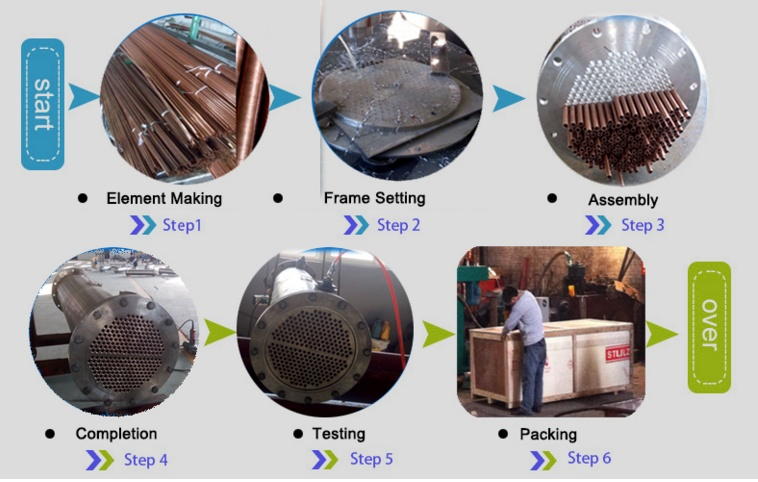
Manufacting Process of Tublar Heat Exchanger
Product feature
(2) Strong self-cleaning ability, not easy to pollute;
(3) Small heat loss;
(4) The heat transfer temperature difference is small, and the temperature can be accurately controlled;
(5) small temperature difference stress;
(6) Compact structure;
Shell and Tube Heat Exchanger Technical Parameter
2、Type:
①fixed tube-sheet heat exchanger
②floating heat exchanger
③U-tube heat exchanger
④stuffing box heat exchanger
3、Technical parameter:
Application area
Tubular heat exchanger is a common heat exchange equipment, widely used in chemical, petroleum, food, pharmaceutical and other fields. First, in the chemical industry, it can be used in processes such as condensation, evaporation, heating and distillation. Secondly, in the petroleum industry, it is often used in catalytic cracking, reforming, hydrogenation and reforming processes. In addition, in the food and pharmaceutical industry, tubular heat exchangers are also widely used in food processing, pharmaceutical intermediate production and bioengineering pharmaceutical processes.
Leave a message for quotation ▶
Products Recommended ▶
PROFESSIONAL CONSULTATION
If you are interested in our products and want to know more details, please leave a message here, we will reply you as soon as we can.

